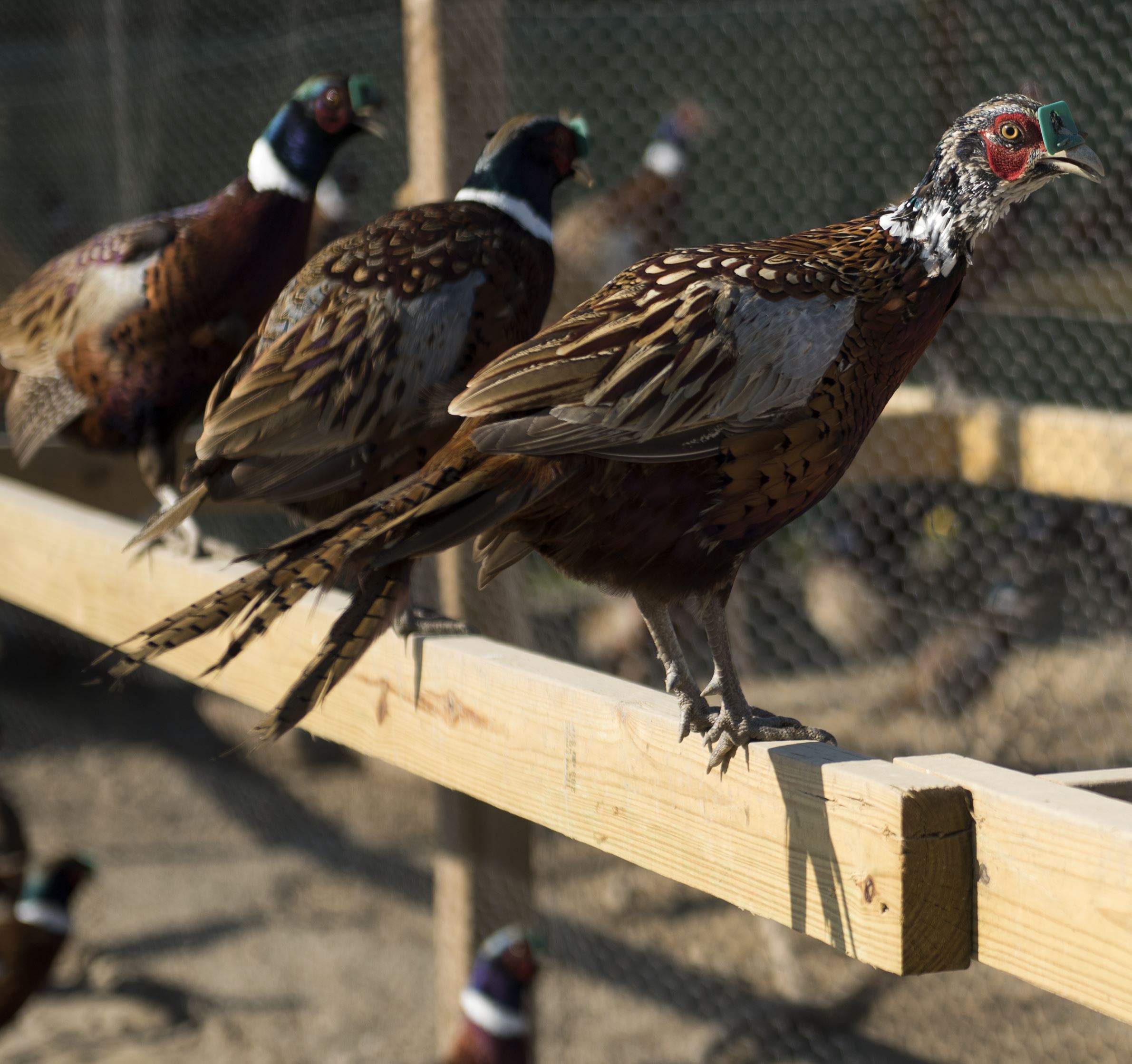Going, going ... maybe gone?
That could be the story with Pennsylvania's pheasants.

Wild birds — save for those reintroduced to mixed results in a few areas — long ago disappeared. In their place, the Pennsylvania Game Commission releases about 200,000 pen-reared birds a year for hunters.
But that program is in jeopardy.
The cost of a hunting license hasn't increased since 1999. The result is the commission is facing a $25 million budget deficit for fiscal year 2017-18, which begins July 1, said board president Brian Hoover of Delaware County. That's going to necessitate cutbacks, he said.
“There will be programs that will disappear, that will end,” Hoover said.
The pheasant program, which costs close to $5 million a year, could be one of those, he added. That would be felt a year from now.
The birds currently on the agency's game farms will be released as planned. Stockings will begin in time for the junior hunter pheasant season that begins Oct. 8. The statewide season opens Oct. 22.
That could be it, though.
If no additional revenue is forthcoming, the birds typically kept to produce next year's crop likely will be released, too, said commission deputy executive director Rich Palmer.
“There wouldn't be any sense in maintaining an overwintering flock if there's no intention of continuing the program,” Palmer said.
Commissioners have been looking to one piece of legislation to save the day.
Commissioners have been looking to one piece of legislation to save the day.
Senate Bill 1166 would give the commission the authority — for the first time in its 120-plus-year history — to set its own fees. Right now, only lawmakers can adjust prices.
That bill cleared a hurdle this past week. Having passed the state Senate earlier this summer, Tuesday it was voted out of the House of Representatives game and fisheries committee. That sent it to the full House for consideration.
That body has 11 days left between Monday and Nov. 15 to approve it and send it to Gov. Tom Wolf for his signature.
Work on the bill has been ongoing for 20 months, said Rep. Keith Gillespie, a York County Republican who chairs the game and fisheries committee. Lawmakers who have shown a “lack of intestinal fortitude” in declining to raise license fees for nearly two decades must finally act, he said.
“We need to do it now,” Gillespie said.
Commissioners are hoping they will.
Development of the 2017-18 budget begins in October, Palmer said. Licenses good for the 2017-18 license year don't go on sale until June.
But if commissioners knew they could count on raising fees by then, they could commit to keeping the pheasant program operating, Hoover said.
And raise them they would, including in a new way.
Some have been calling for the commission to create a pheasant hunting stamp required of all those who hunt the stocked birds.
Dennis Duza, a retired commission employee, has been beating that drum for more than a year. He did so again at the board's meeting last week. He said the high cost of the program and the fact fewer hunters — about 10 percent of license buyers in 2014 — are pursuing pheasants makes a stamp a must.
“Short and brief, we need a pheasant stamp,” Duza said.
Board members initially rejected that idea, saying they wanted small-game hunters to be able to take birds incidentally if the opportunity arose.
A realization they need to be “smart with our dollars” has prompted a change of heart, said commissioner Tim Layton of Windber.
Hoover agrees and said a pheasant stamp likely is “in the cards” moving forward. It would be required only of the most dedicated hunters, though.
Commissioners are leaning toward allowing those who buy a general hunting license to take two pheasants a year, Hoover said. They would have to be tagged, just like a deer.
Hunters wanting to take additional birds would have to buy the stamp, Hoover said.
What it might cost has yet to be determined. The goal, though, is clear: to keep the pheasant program operating while considering the budget, Layton said.
“We've made some concessions. That's what it's really about,” Layton said.


